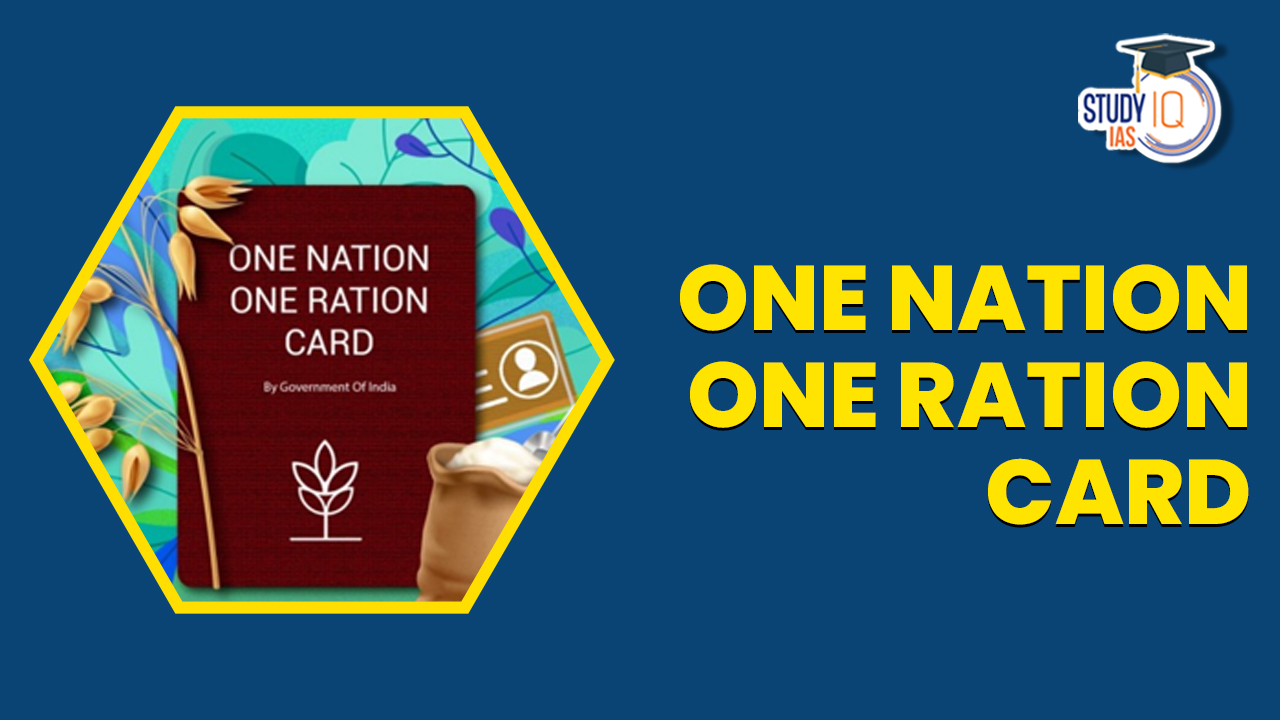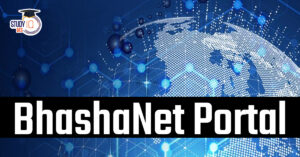Table of Contents
One Nation One Ration Card
Imagine a world where everyone in our country, no matter where they live or who they are, can easily get the food they need. This idea is called “One Nation, One Ration,” and it’s all about making sure that nobody goes hungry. This article will talk about why this is so important and how it could help make our country more fair and caring for everyone.
Read about: Pradhan Mantri Ujjwala Yojana
One Nation One Ration Card Scheme
The “One Nation One Ration Card” (ONORC) scheme, introduced by the Government of India, has the ambitious goal of making ration cards portable nationwide. This groundbreaking initiative enables individuals with ration cards to avail subsidized food grains from any Fair Price Shop (FPS) located in any state across the country. The primary objective of this scheme is to instigate positive changes in the Public Distribution System (PDS) while ensuring food security for a vast number of beneficiaries, estimated at around 81 crore, including migrants. Launched in 2019, the ONORC scheme seeks to transform India’s existing public distribution system, which currently serves approximately 237 million economically disadvantaged households.
Following graph highlights the increase in coverage of this scheme with time.

Read about: Swachh Bharat Abhiyan
Objectives of One Nation One Ration Card Scheme
- Reforms in the public distribution system: This scheme aims to improve the way food is distributed to people, making it more efficient and fair.
- Access to food grains for all beneficiaries: It ensures that every person who needs subsidized food can get it, no matter where they are in the country.
- Integration of all Indian states and UTs: By March 2021, the goal was to include every state and Union Territory in this scheme so that it covers the entire country.
Read about: Janani Suraksha yojana
Salient Features of One Nation One Ration Card Scheme
The implementation of the One Nation One Ration Card (ONORC) scheme involves several key steps and components to make it possible. Here’s how the scheme will be implemented:
- Technology Integration: The first step is to integrate the technological infrastructure required for the scheme. This involves setting up electronic Point of Sale (ePoS) devices at Fair Price Shops (FPSs) across the country. These devices are equipped with biometric authentication systems (fingerprint or iris scans) to verify the identity of beneficiaries.
- Aadhaar Seeding: Beneficiaries’ Aadhaar numbers are linked to their ration cards. This linking is crucial for biometric authentication and to prevent duplication of beneficiaries.
- Database and Connectivity: The central government, along with state governments and relevant agencies, establishes a central database that contains beneficiary information, ration card details, and other relevant data. This database enables the exchange of information across states and union territories.
- Inter-State and Intra-State Portability: The core concept of ONORC is to allow beneficiaries to access their ration entitlements from any FPS, whether they are in their home state or a different state. This involves creating a seamless system for portability, both within a state (intra-state) and between states (inter-state).

- Beneficiary Awareness: Public awareness campaigns are conducted to educate beneficiaries about the scheme’s benefits, how to use it, and the steps they need to take to access their entitlements from any FPS.
- Mobile Application (Mera Ration): The government introduces a mobile app called “Mera Ration” to assist beneficiaries. This app provides information about entitlements, FPS locations, and other relevant details. It simplifies the process for beneficiaries to access their ration from any location.
Read about: Pradhan Mantri Suraksha Bima Yojana
Benefits of the One Nation One Ration Card (ONORC) Scheme
- Easy access to subsidized food grains for migrants: People who have ONORC can get cheaper food from any Fair Price Shop, even if they are in a different part of the country. This helps those who move to other places for work.
- Consistent rations across states: When someone uses ONORC in a different state, they will get the same amount of food that they would get in their home state. So, the quality and quantity of food remain the same.
- Quick switch in case of issues: If there’s any problem with one Fair Price Shop, beneficiaries can easily go to another shop and still get their food. This prevents them from being stuck without food.
- Benefits for women and vulnerable groups: People from poorer sections of society, including women, can benefit more because they can easily access their entitled food without any discrimination.
- Contribution to ending hunger: The ONORC can play a role in reaching the goal of ending hunger by 2030. This is important as hunger is a big challenge, and the ONORC can help reduce it.
Read about: Midday Meal Scheme
Challenges Regarding the Implementation of the One Nation One Ration Card
- Exclusion errors: Even after using smart cards and linking with Aadhaar, there have been mistakes that sometimes leave eligible people from getting their entitled food.
- Lack of data: It’s challenging to have accurate data about people moving to different cities for work. This makes it difficult to identify who should get benefits when they move.
Read about: Atal Pension Yojana
One Nation One Ration UPSC
The “One Nation One Ration Card” (ONORC) scheme holds significant importance for the UPSC exam due to its relevance to multiple components of the UPSC Syllabus, including Indian Economy, Governance, Social Welfare Schemes, and Current Affairs. Understanding ONORC is crucial for aspirants as it reflects the government’s efforts in implementing technology-driven reforms in the Public Distribution System (PDS) and addressing food security challenges. Aspirants can get a firm hold over such concepts by joining UPSC Online Coaching platforms and testing their understanding by attempting UPSC Mock Test.
Read about: Direct Benefit Transfer


 New Phase of Operation Chakra to Combat ...
New Phase of Operation Chakra to Combat ...
 Bhashanet Portal : Empowering Multilingu...
Bhashanet Portal : Empowering Multilingu...
 Grameen Credit Score (GCS), Objectives a...
Grameen Credit Score (GCS), Objectives a...





















